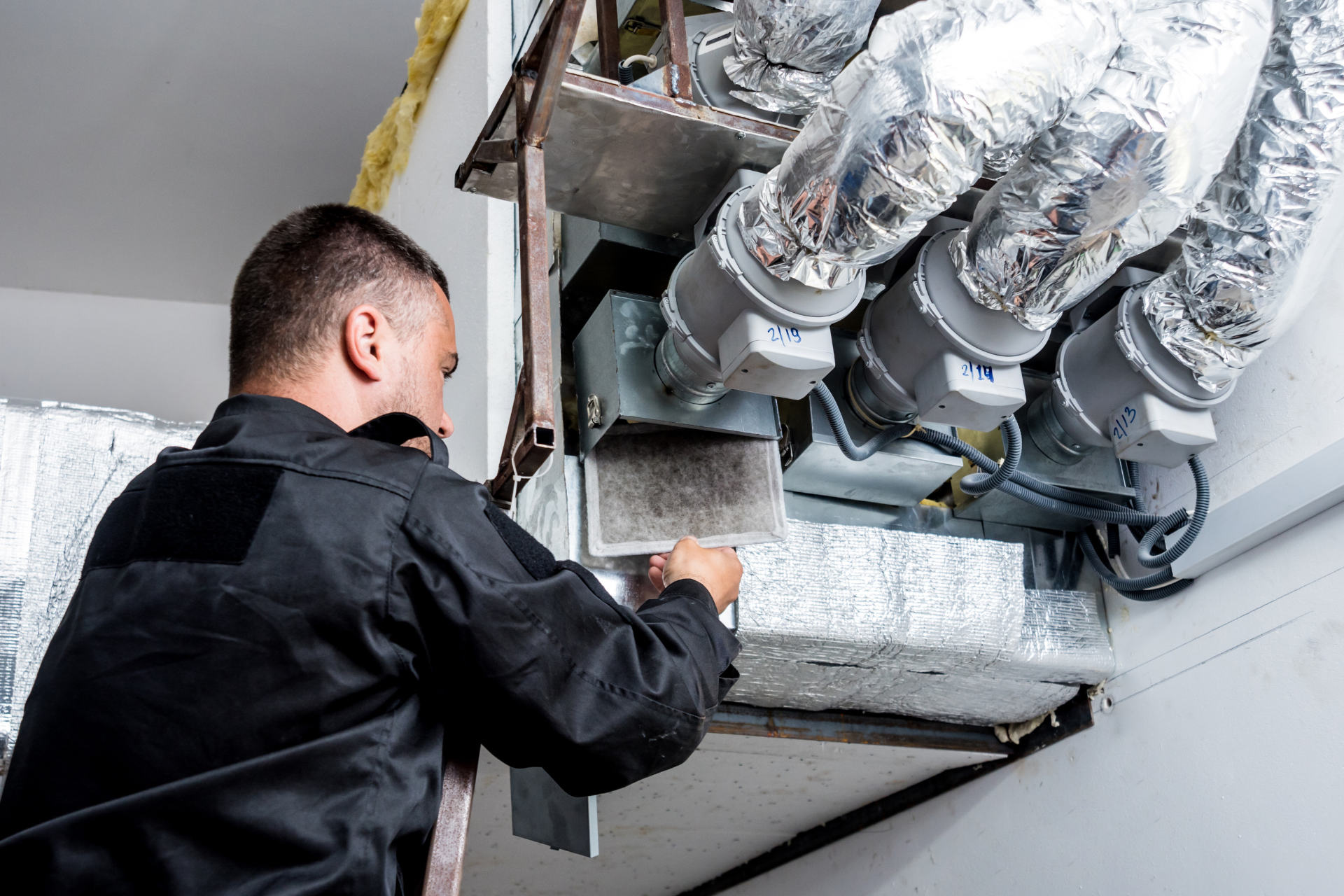
- info@texasict.com
- 3900 Polk St, Houston, TX 77023, USA
- +1 713-969-7677

No products in the cart.
No products in the cart.
Call Us Now

Indoor air quality (IAQ) is a crucial factor in residential, commercial, and industrial buildings. Proper ventilation design ensures that pollutants, moisture, and carbon dioxide levels are maintained at safe levels. This project will focus on designing an effective HVAC air quality control and ventilation system to improve indoor air circulation, reduce airborne contaminants, and maintain thermal comfort.
The primary goals of this project are:
This project enhances indoor air quality (IAQ) and ventilation efficiency by identifying pollutants like dust, mold, VOCs, and CO2 while following ASHRAE standards. It examines poor ventilation’s impact on health and HVAC performance. IAQ sensors measure CO2, humidity, and particulate matter to assess air exchange and ventilation effectiveness. Maintaining proper relative humidity (RH) prevents mold growth and ensures a healthy indoor environment.
Optimized ventilation systems use natural, mechanical, or hybrid strategies. Airflow rates are calculated per ASHRAE guidelines, with ductwork designed for efficient air circulation and filtration. Installation includes HEPA/MERV filters, air purifiers, and UV-C germicidal lights. Final testing ensures airflow efficiency, proper IAQ levels, and troubleshooting for duct leakage or poor ventilation.
USD 1,50,499
Upon completing this project, students will:
This project provides hands-on experience in designing and implementing air quality control and ventilation systems for HVAC applications. By learning measurement techniques, filtration methods, and system design, students will gain in-demand skills for careers in the HVAC industry.